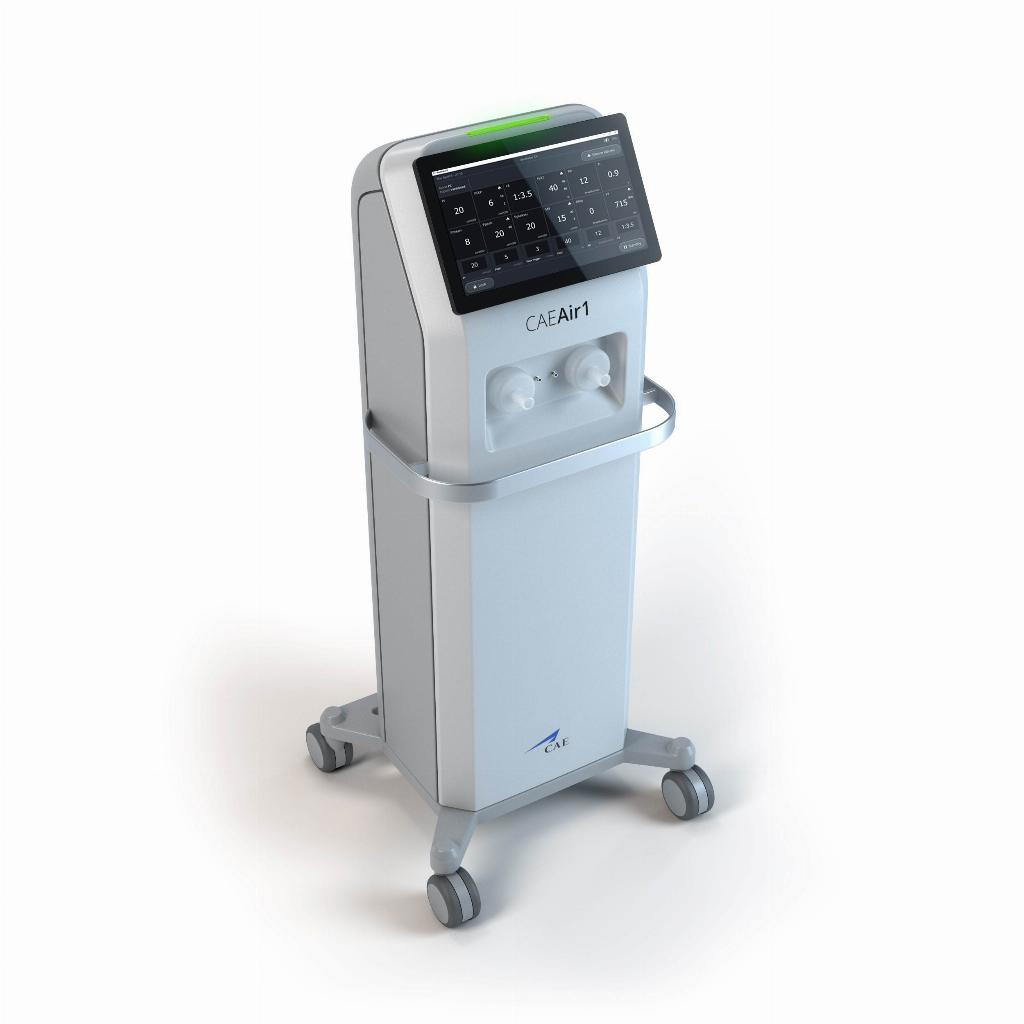Canada keeps the flag flying

James Careless contacted Canadian companies and Canadian-based subsidiaries such as Airbus Helicopters, Bell, Bombardier, CAE, and Longview Aviation Corporation (owner of De Havilland Aircraft of Canada and Viking Air) to learn more about how the Canadian aerospace industry is coping with Covid-19.
Aerospace including manufacturing, is big business in Canada. According to the Aerospace Industries Association of Canada (AIAC), the aerospace sector generates C$31 billion (US$23 billion/£18.25 billion) in annual revenues and provides nearly 215,000 Canadian jobs. Covid-19 has taken a sledgehammer to these revenues, based on a survey of the AIAC’s members.

“On average, companies anticipate a 40% decrease in revenues this year,” said Mike Mueller, AIAC’s senior vice-president. “95% of companies are running at partial capacity, and 93% of firms anticipate running at partial capacity for more than two months. Over 50% have already laid off employees with 76% anticipating further layoffs.”
Coping with chaos
The rapid onset of Covid-19 put Canadian industry into lockdown mode in mid-March 2020. Yet many aerospace companies stayed open, because they were designated as ‘essential businesses’ vital to the Canadian economy.
Whatever their status, the companies interviewed have all adjusted their operations to conform with Covid-19 safety precautions. These measures include use of personal protective equipment (PPE), improved sanitation, and reworking manufacturing processes to allow social distancing.
“Throughout the Covid-19 pandemic, Bombardier has proactively implemented decisive measures to ensure the health and safety of its employees,” said Louise Solomita, senior communications & public affairs advisor at Bombardier Aviation. “As we continue to evaluate our business on a day-to-day basis to prioritise health and safety, we are also taking the necessary steps to harmonise production with a disrupted supply chain and with our internal sequence between sites.”
The same approach has been adopted by Bell’s Canadian operations. “Bell has offered flexible working arrangements including working remote and staggered work schedules to employees who are able to do so,” said Felicia Votta, the company’s senior global communications strategist. “These measures limit exposure to those performing essential manufacturing, design, and support work onsite.”
A degree of recovery
Covid-19's economic impact led many companies to lay off workers to reduce expenses. (For instance, Bombardier has announced layoffs of 2,500 throughout 2020 to cope with an anticipated 30% drop in business jet sales.)
In response to layoffs nationwide, the Canadian government launched the Canada Emergency Wage Subsidy (CEWS) programme. Back-dated to March 15, 2020 when the lockdown started, CEWS subsidises 75% of employee wages for up to 24 weeks.
The CEWS’ subsidy has allowed CAE to recall about 1,500 workers on April 20th, with the company’s fortunes being helped by a contract to produce 10,000 ventilators for Covid-19 patients. But even during the layoffs, “the production of flight simulators for both the civil aviation and defence markets was never entirely halted,” said Chris Stellwag, CAE’s director of marketing communications - defence & security.
After an initial shutdown of its production lines, “De Havilland Canada started a phased and gradual return to work and measured resumption of activities on May 4th,” said Leona Mickelson, vice-president of brand marketing and communications for Longview Aviation Corporation. “In the first phase approximately 100 employees have returned to work and De Havilland Canada is focused on resuming pre-flight activities and delivery of Dash 8-aircraft. The Twin Otter production line is still currently on temporary production pause.”
Life after Farnborough

The annually-alternating Farnborough International Airshow and Paris Airshow are vital venues for Canadian aerospace companies wanting to sell globally. This year was Farnborough’s turn, until it was cancelled on March 20th due to Covid-19.
“CAE would have had a presence at the Farnborough Airshow, since it would have been the biggest aerospace event in the world during 2020,” said Stellwag. “As a longstanding participant of the Farnborough Airshow, Bombardier would certainly have attended were it not for this unprecedented situation,” agreed Solomita.
“Bell was planning on attending before the pandemic hit and the show was cancelled,” said Votta. “Both Viking and De Havilland Canada subsidiaries of Longview Aviation Corporation were scheduled to attend the Farnborough Airshow and our Chalet was in development,” Mickelson noted.
“Unfortunately, the cancellation of airshows and trade shows is something that industries around the world are having to deal with,” said Mueller. To offset these losses, Canadian aerospace companies are doing the best with what they have and looking a pandemic-free future.
At Airbus Helicopters, “We are in constant contact with our customers and are focusing our efforts on supporting them during these unprecedented times,” said Laurence Petiard, the company’s head of external communications. “For the time being, Airbus has been maximising its digital presence through our website, social media, and some digital conferences.”
The same strategy is being pursued by CAE. “Without being able to attend air shows and other industry events to meet face-to-face, CAE is relying on virtual meetings to engage with customers,” said Stellwag. “We are also exploring how we might be able to engage our customers through online and virtual trade shows and demonstrations.”

As for Bell? Felicia Votta doesn’t offer specifics, except to say that, “We are using creative and innovative ways to progress through our plans for the year.”
Looking ahead, Bombardier is hoping that its online Bombardier Specialised Aircraft division – which adapts the company’s business jets to serve in intelligence-gathering, medevac, and search and rescue (SAR) missions, among others – will bring customers through the virtual door. “We had been looking forward to discussing this new source of information at Farnborough,” said Solomita.
Meanwhile, Longview Aviation is hoping that the post Covid-19 recovery will play to its advantage. “Since past crises have shown that regional aircraft play a crucial role when the aviation industry works to re-establish markets, our teams are already working on solutions to support our operators with updates to their fleet utilisation and network recovery models,” said Mickelson.
The bottom line: Canada’s aerospace industry is coping with the Covid-19 crisis right now, and planning for the recovery when it inevitably arrives.













